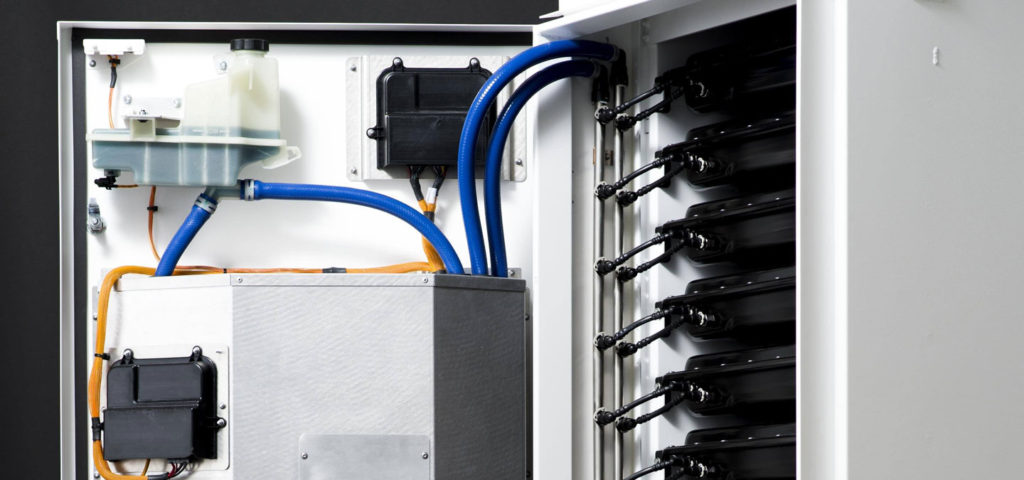
At the end of last year, Southern California Edison turned on the largest lithium-ion battery storage facility in the world in Ontario, California. It is a substation with 80 megawatt-hours of capacity, enough energy to power 2,500 households or charge 1,000 Tesla cars a day.
The station is made up of commercial-grade Tesla Powerpack 2 battery units. It will be used to ensure that electricity generated by solar and wind farms does not go to waste and can be used as a supplemental power source during peak hours of the day. It also can act as a buffer in times of great demand when conventional gas-fired “peaker” plants are being fired up, which takes a long time to do.
Three new utility-scale energy storage projects in California including this one are the result of the shutdown of the Aliso Canyon natural gas reservoir, which supplied power plants in the region. A massive gas leak from that facility created a state of emergency. Last April, the Aliso Canyon site was permanently sealed with concrete after spewing over 100,000 tons of methane into the atmosphere and forcing the evacuation of 8,000 area residents.
In response, the California Public Utilities Commission ordered the utilities in the region to solicit utility-scale energy storage solutions that could be operational by the end of last year. This is likely to be the start of a major trend. Researchers predict that nearly 400 gigawatts of new solar and wind capacity will be installed around the world over the next five years, requiring a massive amount of energy storage. Tesla’s battery gigafactory outside of Reno, Nevada is likely to be the first of many such facilities around the world.
**********
Web Links
The world’s largest battery storage substation is now live
Photo courtesy of Tesla.
‘The Largest Battery Storage Substation’ from Earth Wise is a production of WAMC Northeast Public Radio.